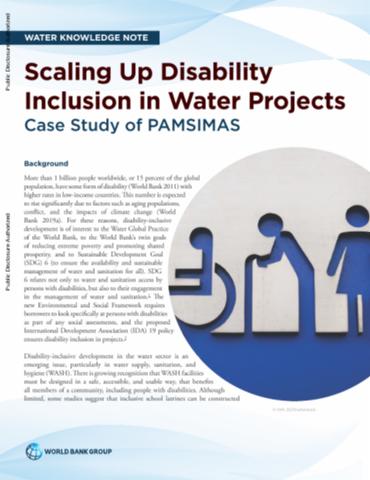Pollution of Air and Water: Causes, Effects, Remedies and Case Studies

Is the air you breathe really 'purified' or the water you drink 'free of external pollutants'? The answer is a big 'NO'. Pollution is everywhere and it's high time we start taking actions. Our planet Earth is facing a lot of issues and pollution is one of the major ones. Pollution is categorized into various types such as air, water, soil, and noise pollution. In this article, we will discuss two of the most common types of pollution; air and water pollution.
Air Pollution
Air pollution refers to the presence of harmful substances in the air we breathe. It can be caused by both natural and human activities. Natural sources of air pollution include volcanic eruptions, wildfires, and dust storms. Human activities like the burning of fossil fuels, industrial processes, and transportation are the major contributors to air pollution.
The effects of air pollution can be detrimental to human health. The most common respiratory diseases like asthma, bronchitis and lung cancer are caused by breathing polluted air. Air pollution can also cause global warming, which leads to climate change, and affects the weather patterns of the planet. The solutions to air pollution include reducing the use of vehicles, promoting the use of public transportation, replacing fossil fuels with renewable sources of energy, and planting more trees.
Water Pollution
Water pollution is the contamination of bodies of water, including rivers, lakes, oceans, and groundwater. The causes of water pollution are synthetic chemicals, organic waste, and toxic materials. Nutrient pollution can also cause water pollution due to excessive nitrogen and phosphorus in the water.
The effects of water pollution can be dangerous to human health, aquatic life and the environment as a whole. Toxic chemicals, metals, and pathogens in polluted water can cause serious health problems. Aquatic plants and animals can be killed due to the lack of oxygen in the water. Plans to combat water pollution include reducing the use of chemicals and pollutants in agriculture, proper waste management and treatment, creating awareness, and enforcing environmental laws.
Case Studies
The pollution of air and water has affected many countries across the globe. India, China, and the United States are some of the countries with the highest pollution rates. In India, the Ganges River is one of the most polluted rivers in the world. It is severely contaminated with untreated sewage, pesticides, and heavy metals. In China, the air pollution level in major cities is so high that people are forced to stay indoors.
In the United States, Flint, Michigan, experienced a major water crisis in 2014, where the water supply was contaminated with lead, causing serious health problems. The city subsequently replaced its water source and implemented stricter regulations to ensure that such an event doesn't occur again.
Solutions
In conclusion, to combat air and water pollution, awareness and action are required from both individuals and governments. Governments should enforce environmental laws, create awareness programs, and promote the use of green technology. People can play their part by conserving energy, reducing pollution, recycling, and using public transportation as much as possible.
Established in 2004, Sichuan Water Conservancy Intelligent Equipment & Engineering Co., Ltd is actively involved in the fight against water pollution. The company develops and supplies intelligent equipment for hydroelectric power plants, providing clean energy and preserving the environment. It is high time we take the necessary steps to combat pollution and preserve our planet for future generations.